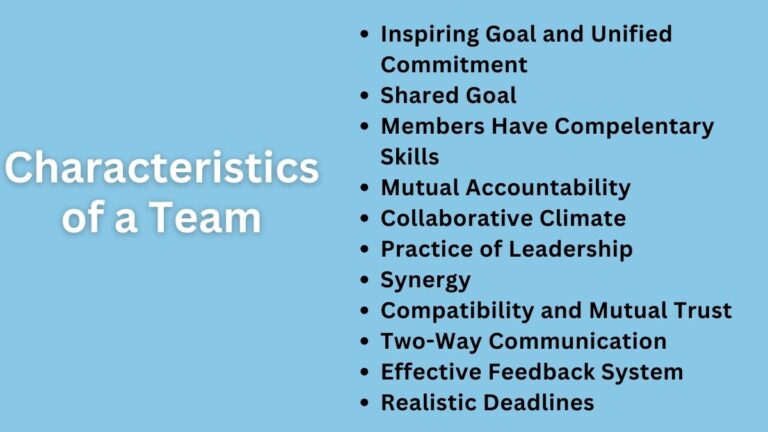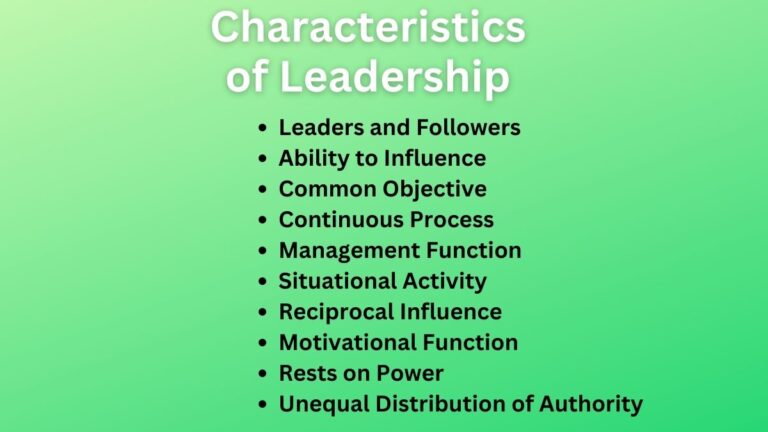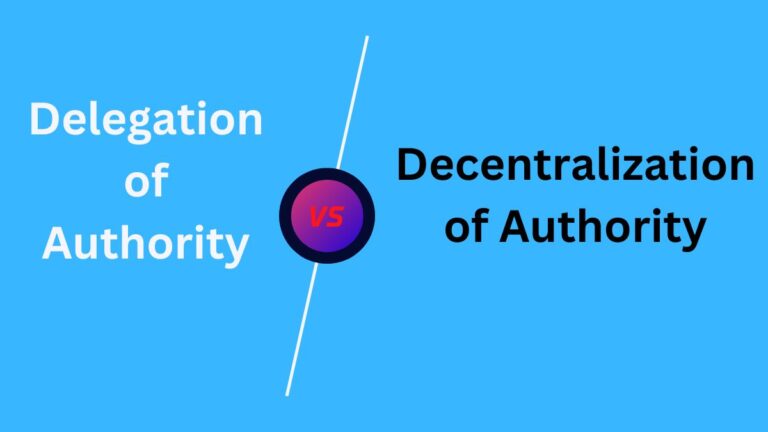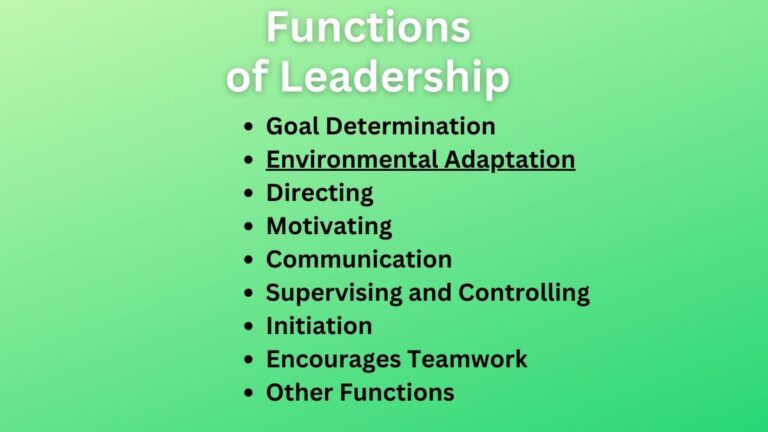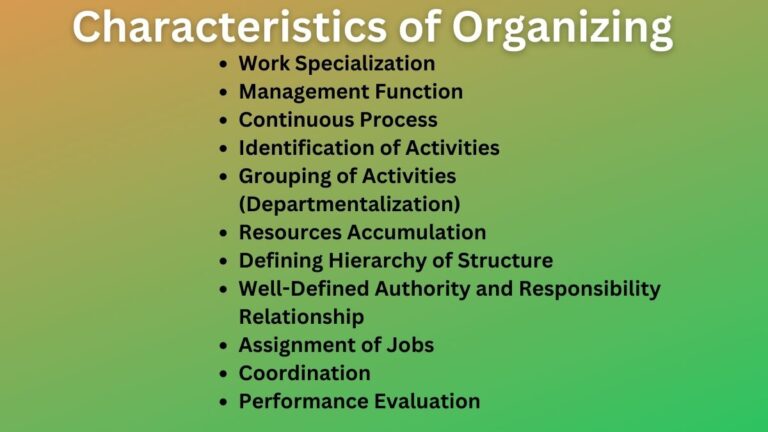What is Influencing in Management? Definition, Types, and Principles
What is Influencing?
Influencing is an essential skill and management function of guiding the activities of employees in the direction of organizational goal achievement. It deals with controlling people and their behavior to guarantee that the organizational goals are attained. In order to achieve organizational goals, entails motivating, coordinating with, and overseeing subordinates for cooperation. It establishes the channel of communication for the effective implementation of plans and policies.
Being able to persuade others to think in an organizational way without using coercion or force is known as an influence. It is a leadership or management skill that may be transferred that was developed through work experience. Leaders want to convince workers to put in extra effort, and salespeople want to persuade customers that their product is the best option for them to make a purchase.
It entails putting an emphasis on the individuals who make up the organization and addressing issues like morale, dispute resolution, and the growth of positive working relationships. It is the result of four managerial tasks: leading, motivating others, taking into account groups, and communicating.
Managers and leaders need to take into account others’ opinions in a suitable manner in order to improve their influencing abilities. By taking into account their perspectives, effective influence can help to change the thoughts of those with various responsibilities for the corporate goal in a particular way. Influencing people at the workplace is getting something done extra for positive results instead of complaining about poor performance or deviant behavior of people.
Types of Personal Influence
There are four different types of personal influence. These are generally listed in relative ability and power. Position Power is supposed to be a weaker form of influence, while performance power is the strongest.
Position Power
Position power is described as having particular rights and obligations in relation to other group members. This is a result of the position held within the company. This implies that those in high management and leadership positions have greater influence than those in lesser positions.
Related: Power Vs. Authority
Position power creates a have-to relationship, which indicates that people should respect and obey those in positions of greater authority. Because they feel obligated to follow the leader, people might be persuaded by those in positions of power. However, this type of influence cannot have a lasting effect.
Agreement Power
Agreement power is established with the mutual agreement between the parties i.e. leader who wishes to influence and the person who needs to be influenced. Such influence grows within the predetermined criteria and conditions.
They initially agree upon terms of mutually binding and enforceable rights and obligations. Both parties are expected to abide by a set of rules in these sorts of influences.
Persuasive Power
Persuasive power is the ability to influence or convince others behavior towards the desired behavior from them. It is developed because of the expertise and the personality of the leaders. It is the consequence of a high level of trust. Leaders with high persuasive power typically carry a large circle of influence.
Performance Power
It is the ability developed through expertise in planning, making effective decisions, and executing the decision to attain objectives. Such a person does the right things at the right times very well, with high character and competency. Followers are influenced because of such qualities of the leaders.
Read Also: What is Motivation?
Principles of Influencing
Influencing is the process of convincing the followers to desired behaviors. To influence people effectively some considerations are necessary to follow. The following are the fundamental considerations or principles of effective influencing.
Not Threatening
Influencing does not involve frightening someone in order to gain their cooperation or permission. Because of the leaders’ power, there may be an opportunity for influence, but that is not the essence of influence.
Authority or threats of influence are not used in management influence. Consequently, influencing does not imply using pressure or coercion.
Changing Psychology Positively
Influencing entails using positive actions to change someone for the better. In order to do this, positive motivating approaches are employed to help them shift their negative opinions of the problem area.
It is accomplished without complaining by recognizing the viewpoint of those who are the intended audience for the impact. It is vital to believe that practically any task is made easier by influencing others.
Aware
Managers must be conscious of how others view their leadership while influencing them. When influencing, it’s critical to be mindful of poor communication. Many managers spend a lot of time preparing the presentation in advance, yet frequently they must deliver without it.
Managers should be aware of the communication gaps, expectations, and ideas of the people they are trying to influence. Managers must be aware of how other people perceive information and be open to changing how they communicate it.
Also Read: Theories of Motivation
Confidence
Managers’ confidence in the new idea or direction is the most important factor in influencing others. If the manager is not confident in their own idea and direction, followers cannot be convinced and influenced. For improving confidence level, preparation is essential.
Reciprocity
Influence becomes effective with the principle of reciprocity i.e. behaving to others as we expect from others. This is based on the philosophy that ‘others treat you as you treat others’. We can use reciprocity in a number of ways as giving others small gifts, treating others with respect, and doing favors for those in need, etc. This is about dealing well with others to influence them.
Consistency
Consistency means regularity, reliability, and uniformity. Consistency is crucial for influencing people since it enables consistent delivery and initially demonstrates the leaders’ dedication. The influence will not be strong and long-lasting if the leaders do not demonstrate their commitment to accepting new ideas.
In addition to having a commitment and regular conduct of their own, leaders must also watch over and recognize the followers’ regularity and dedication to the new behavior that is expected.
Social Validation
Influencing individuals involves more than just persuading them; it also involves altering their behavior. People assess in many ways if they find that their behavior is followed by others or not, whether new principles or directions are socially acceptable or not, before persuading others to embrace the new ways to behave.
Managers or leaders who want to influence people need to behave in ways that they expect from others in order to increase social validation. It is crucial to persuade your peers since they are subject to social influence. For the influence process to be as effective as possible, social validation is required.
Liking
Liking is the process of searching for people with like minds. This indicates that in order to influence individuals, we must look for areas of commonality with them. Simply put, it is crucial to discover shared values, ideas, and thought processes with the individual we are trying to influence before we begin the influencing process. Hobbies, interests, social thought patterns, shared values, and other things like these could be such a common basis for understanding.
Read Next: Communication in the Workplace
Sajan Kushmi is a content writer with more than 4 years of experience. He holds BIM Degree. He write on the topics related to Management, Marketing, and Entrepreneurship.

